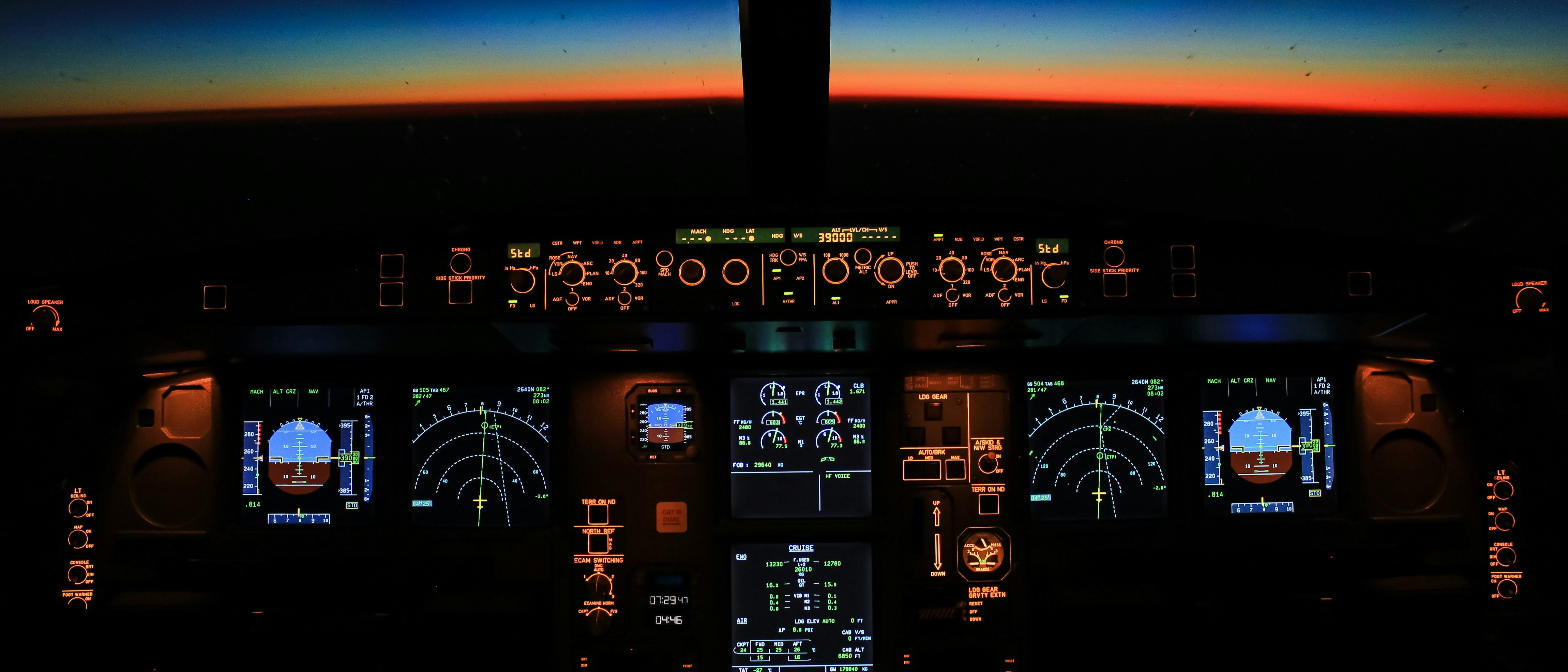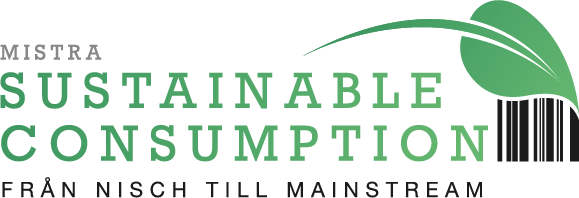
Sustainable Aviation Fuels
There is more and more talk about SAF - Sustainable Aviation Fuels - with the hope that we will be able to continue flying as before. It is of course very positive if we can replace today's fossil aviation fuel with fossil-free fuels, but the road to get there is long and there are a number of obstacles on the way. Fossil-free fuels cost significantly more, some new fuels require completely new aircraft, several fuels require huge amounts of fossil-free electricity which competes with the needs of other sectors, some alternatives require access to large amounts of residual products, others compete with other purposes which also require large areas of land. For all of them it will take a long time to have an impact and the prices for air tickets are likely to increase sharply.
FLY WITH BIOFUELS?
The main advantage of biofuels for aviation is that it is already allowed to mix 50% in today's aircraft engines. With an upgrade of the engines, it is possible to fly on 100% biofuel. However, there are several other problems with this. Producing biofuel for aviation can compete with food production and land use for carbon sinks. It is also significantly more expensive - estimated to be between 2 and 5 times the price of today's fossil jet fuel. There are also alternatives such as reused cooking oil, animal fat residues, food waste and residual waste from forestry and agriculture. But in addition to costs for conversion to fuel, a problem is that there is not enough residual product to be able to fill more than about 4% of global aviation fuel needs by the year 2030.
HYDROGEN FLIGHT?
Hydrogen is produced through so-called electrolysis and can be used as aviation fuel, but then completely new aircraft as well as new production facilities and distribution networks for hydrogen are required. If it is implemented at all, it will take several decades.
FLYING WITH ELECTROFUEL?
Electrofuel or synthetic kerosene is a possibility in the conversion of aviation that is attractive because it can be used in existing aircraft engines. Electrofuel is also produced using hydrogen as a starting point, but here CO2 is also used to be able to make a liquid fuel. The carbon dioxide first needs to be captured from e.g. chimneys and using it to make aviation fuel may in the future compete with storing it to thereby achieve negative emissions. Production of electrofuel requires very large amounts of electricity and it is required that it is fossil-free for the fuel to be sustainable. The price of electrofuel today is estimated to be around 4 times higher than today's fossil aviation fuel.
ELECTRIC AIRCRAFT?
The future of electric flights is uncertain as to whether electric flights will be able to transport many passengers and over distances of over 100 miles. Airplanes require fuel with a high energy content, which means that an electric airplane needs much more efficient batteries than what is available on the market today. Estimates show that if the energy density of today's batteries were to be quadrupled, flights of 110 miles could be managed and that this could lead to 15% of global travel being electrified by the year 2060.
Thank you for your submission. Comments are moderated and there will be a delay before your comment is published.










